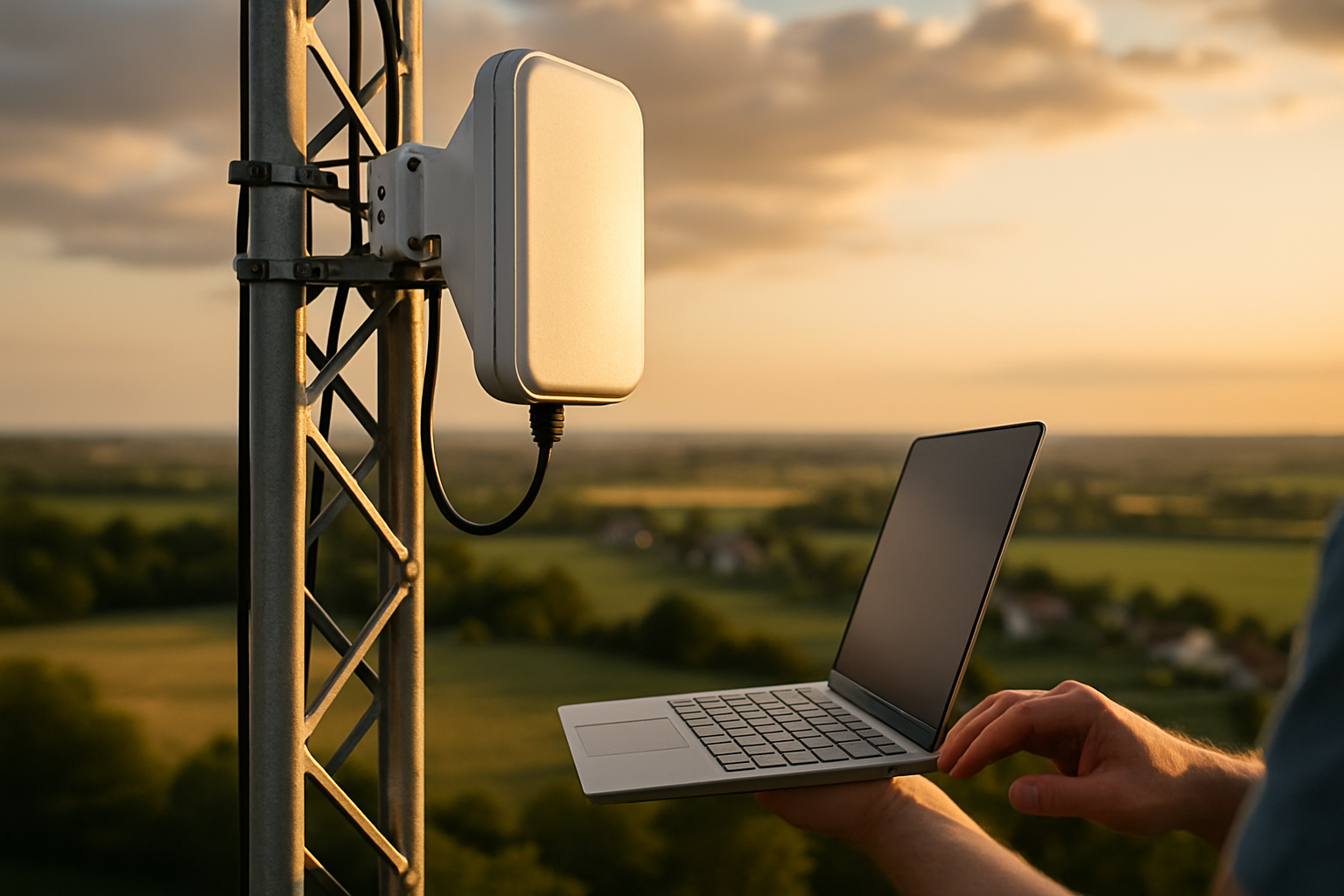Advancements in Fixed Wireless Access: A Pivotal Shift in Connectivity
In the fast-paced world of telecommunications, Fixed Wireless Access (FWA) is making waves as a pivotal shift in achieving high-speed internet connectivity. While it may not be as frequently discussed as 5G or IoT, FWA holds immense potential in revolutionizing the way we access the internet. This technology has been around for decades, but recent advancements have made it more relevant and effective than ever before.

Unveiling Fixed Wireless Access: From Obscurity to Limelight
Traditionally, fixed wireless access was often seen as a fringe technology, used primarily in rural areas where cable, DSL, or fiber optics were not available. However, with broadband demands increasing exponentially, the capabilities of FWA have expanded remarkably. Fixed wireless access refers to the transmission of internet data by radio signals rather than wires. Unlike traditional broadband that uses cables or fiber optics, FWA uses a base station to send radio signals to a fixed receiver at the customer’s location.
The Renaissance of Fixed Wireless Access
Fixed Wireless Access was always a promising technology but its potential was often overshadowed by the limitations of the available spectrum. However, recent advancements have allowed FWA to operate in the millimeter-wave bands, which are high-frequency areas of the radio spectrum. This has significantly increased the capacity of FWA, making it a viable alternative to traditional wired broadband.
Regulatory Landscape and Industry Adoption
Regulatory bodies across the globe have recognized the potential of FWA and are working towards facilitating its growth. The Federal Communications Commission (FCC) in the U.S, for example, has opened up more spectrum for unlicensed use, enabling FWA providers to deliver faster, more reliable internet service. The industry has also taken notice, with major telecom providers such as Verizon and AT&T investing heavily in FWA solutions.
Impact, Challenges, and Applications
While FWA brings a new dimension to broadband connectivity, it is not without challenges. Factors such as geographical terrain, weather conditions, and interference can affect the quality of the signal. However, advances in antenna technology and network architecture are helping to mitigate these issues.
Despite these challenges, the practical applications of FWA are extensive. It can provide connectivity solutions in remote and rural areas, where laying cables is not feasible. FWA can also serve as a quick-to-deploy solution in disaster-stricken areas where infrastructure is damaged.
A Deep Dive into the Future: FWA’s Potential
Fixed Wireless Access is no longer a fringe technology. It is a potent tool in the quest for universal broadband access. As technology continues to evolve, and regulatory bodies provide more support, the reach and impact of FWA will only grow. This fundamental shift in connectivity is paving the way for a more inclusive digital future, one where high-speed internet access is not limited by geographical constraints.
In conclusion, Fixed Wireless Access presents an exciting frontier in telecommunications. Its potential to redefine connectivity landscapes is immense, and with continued technological advancements, the best of FWA is yet to come.





